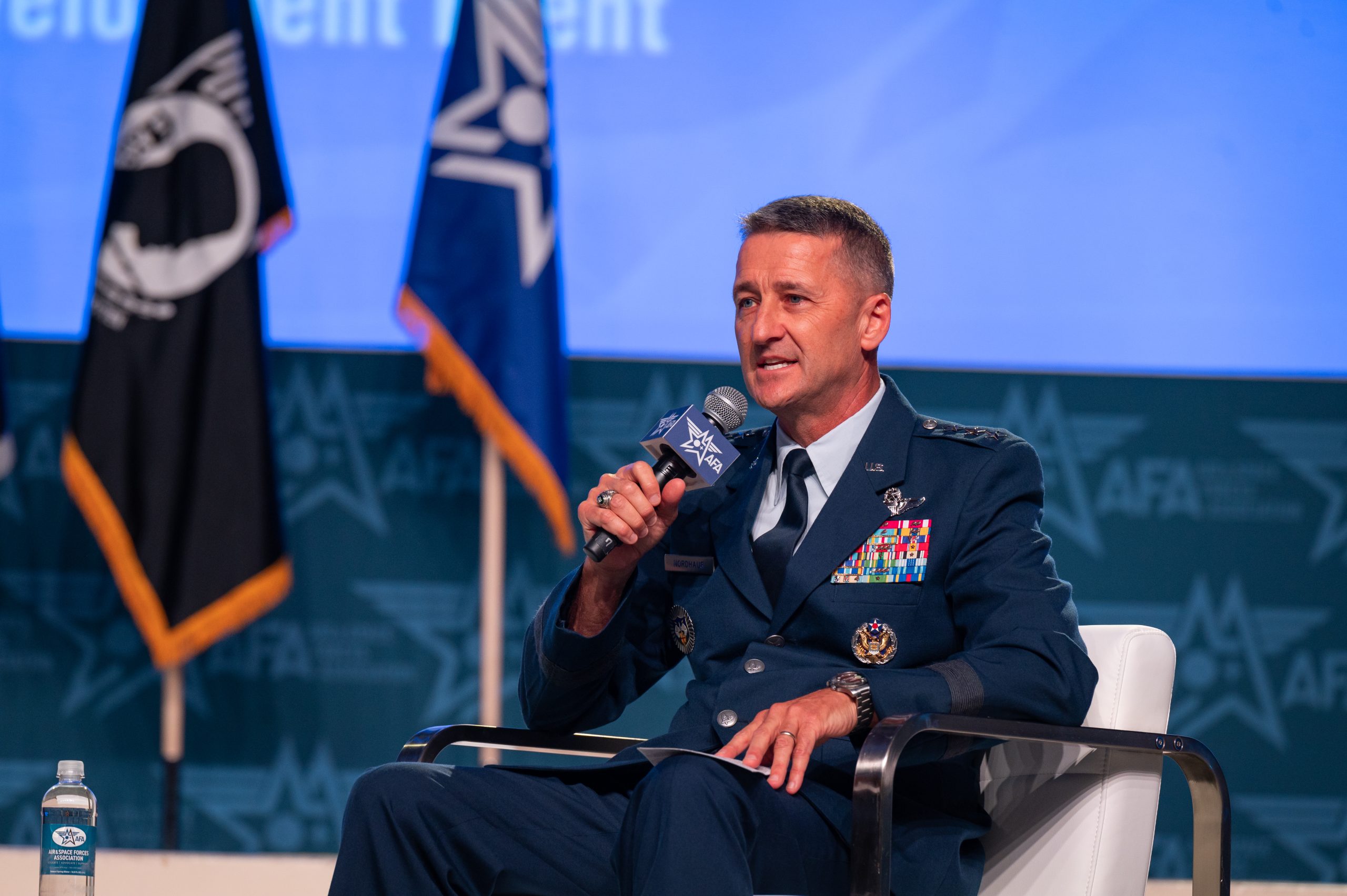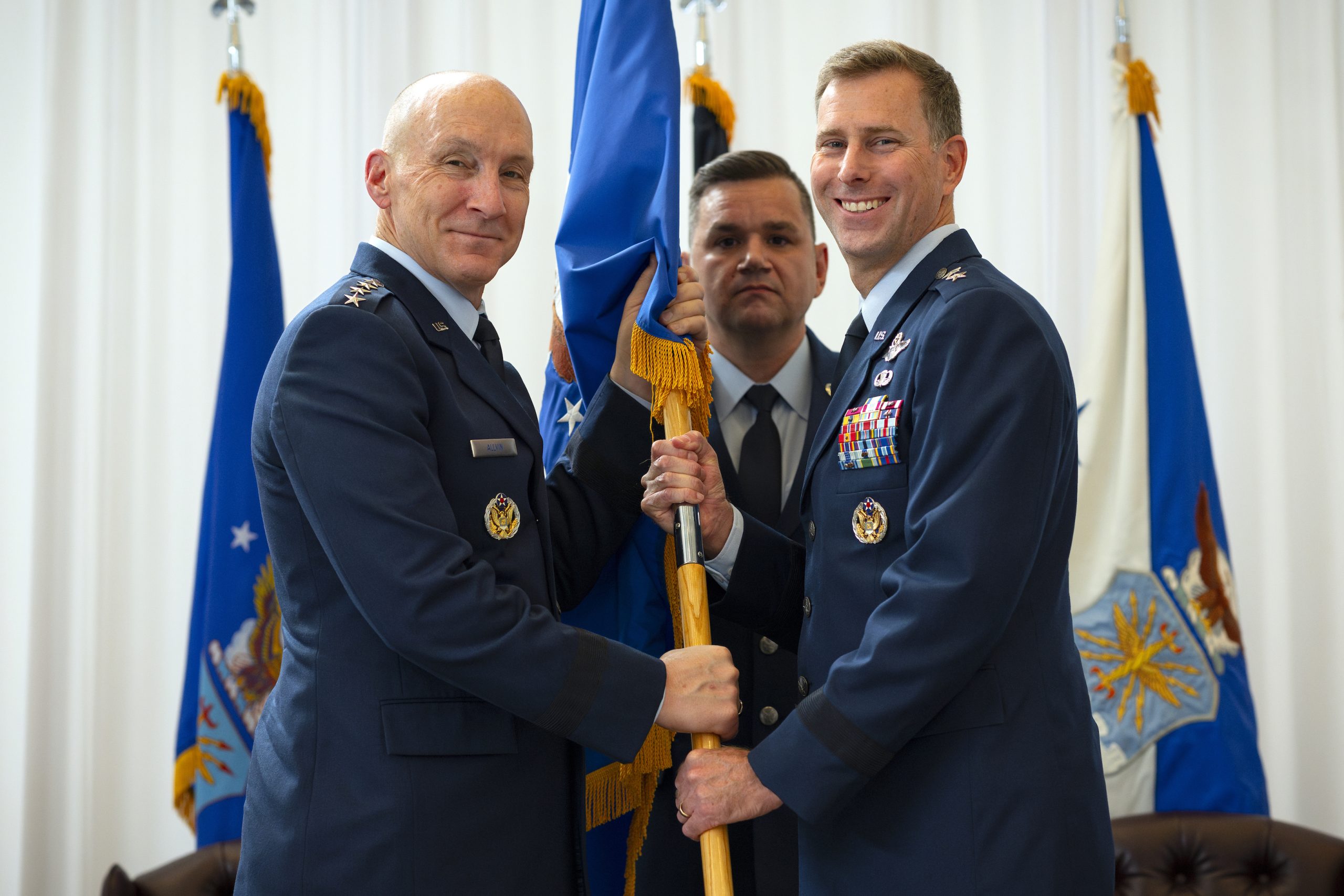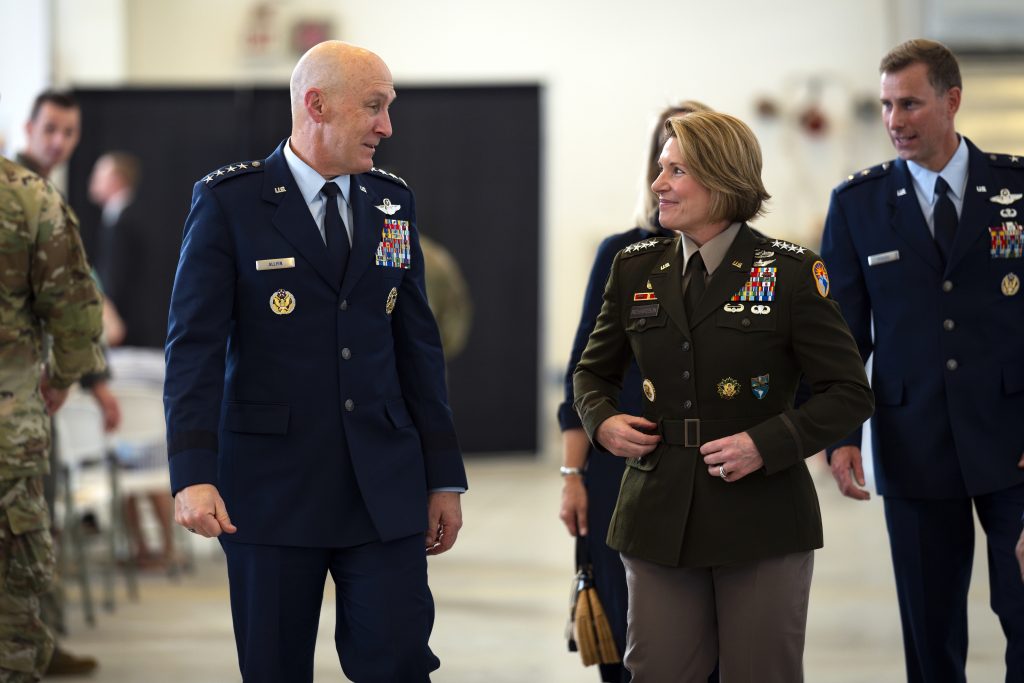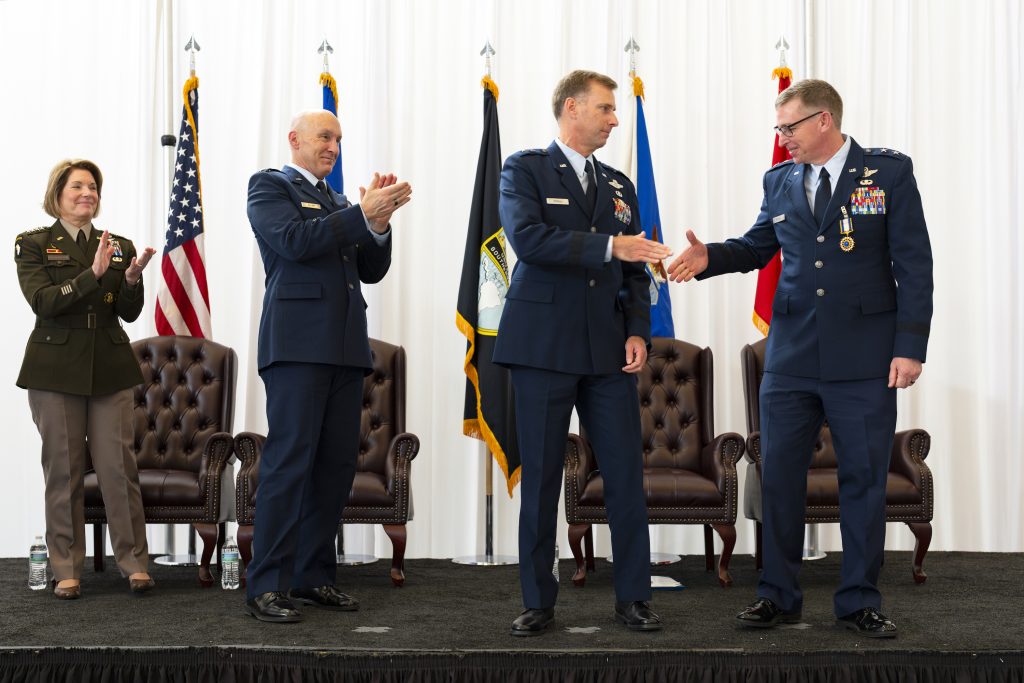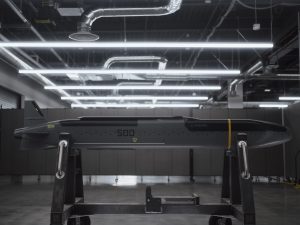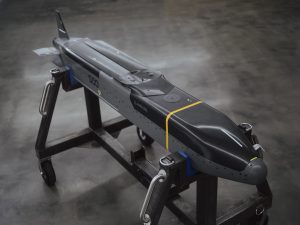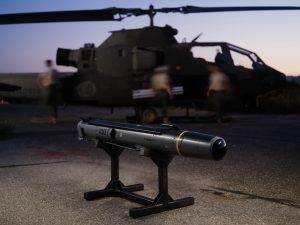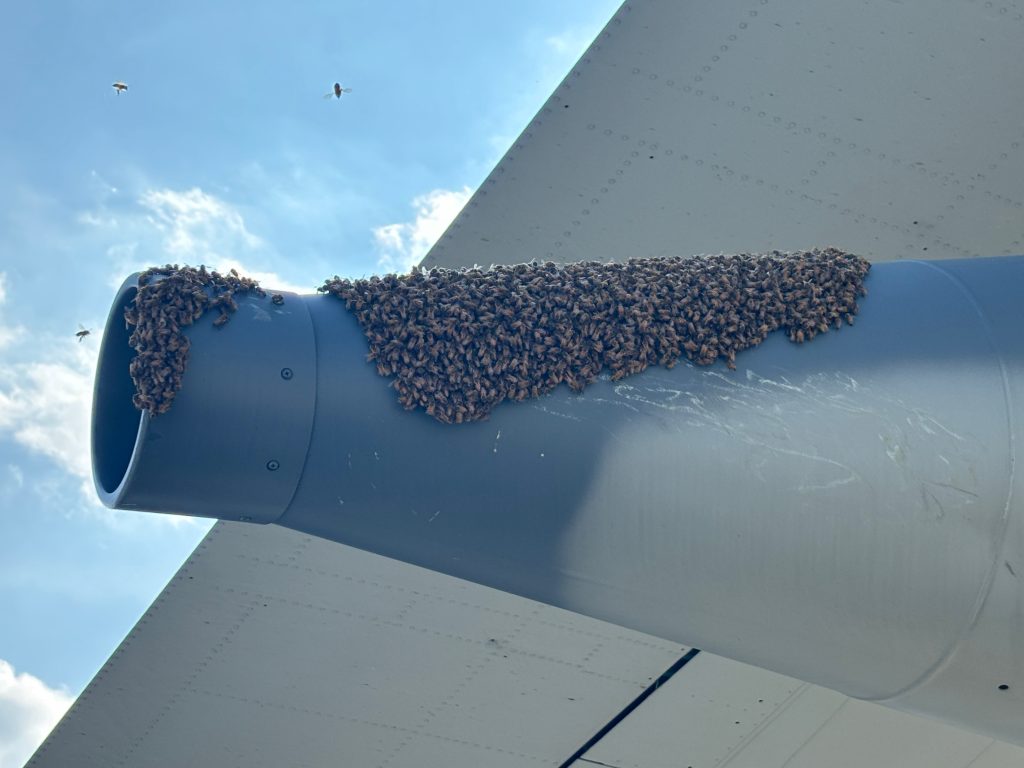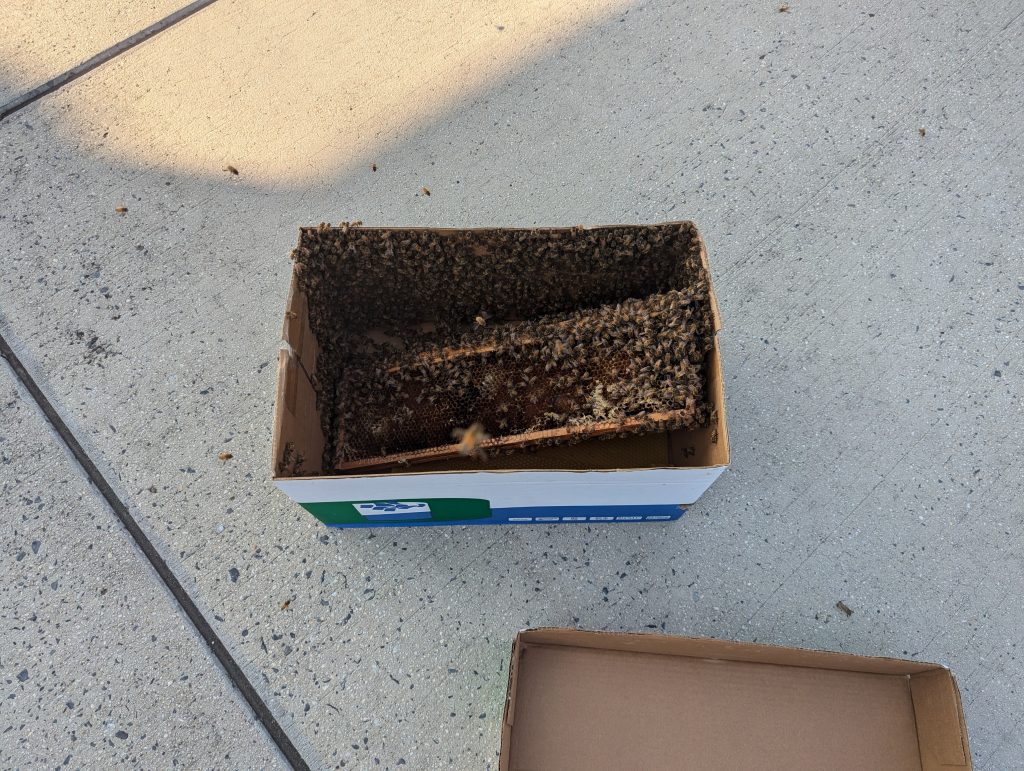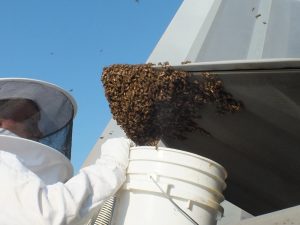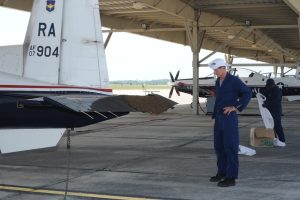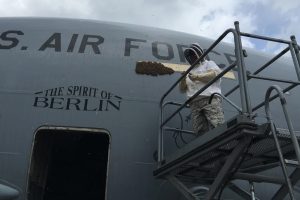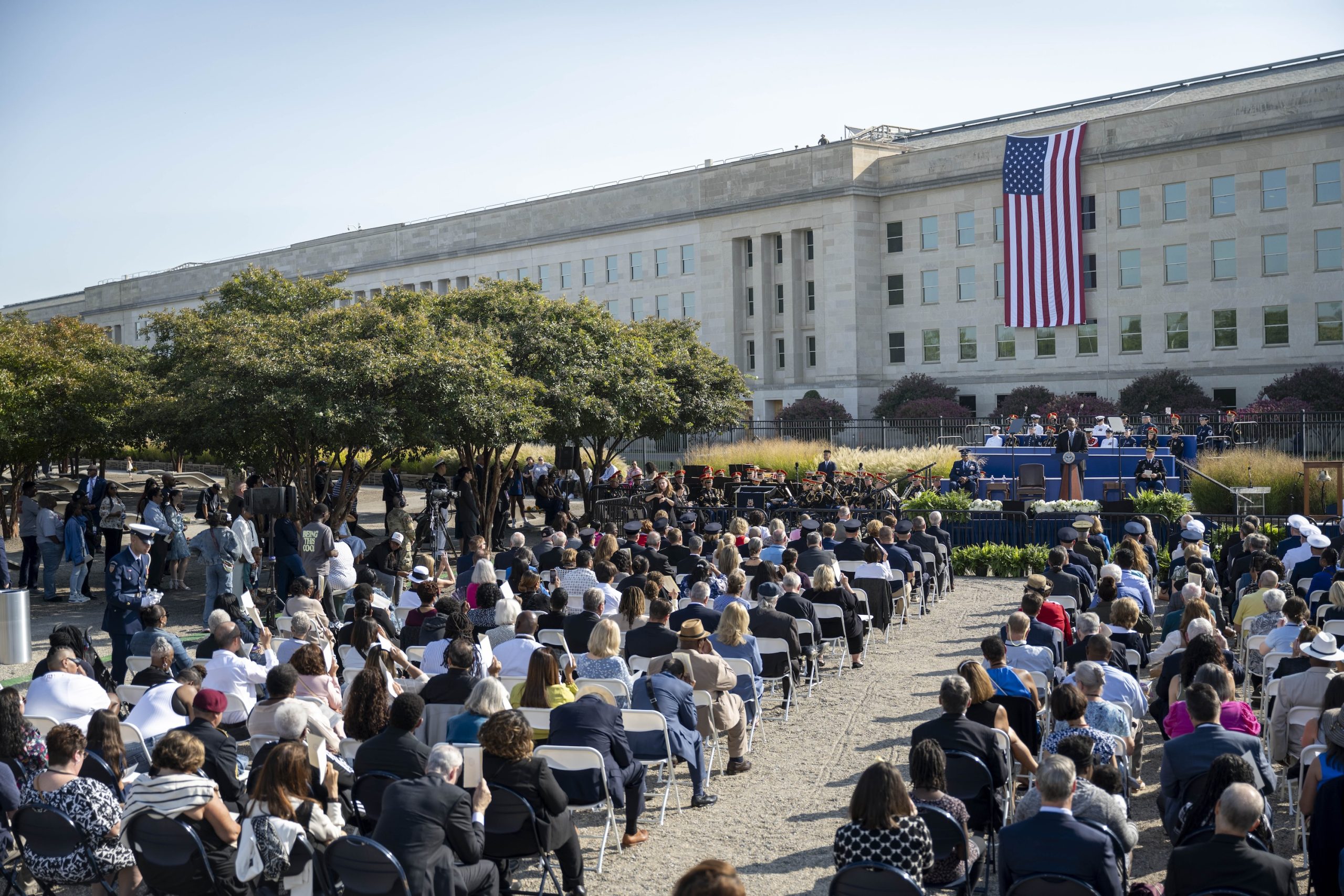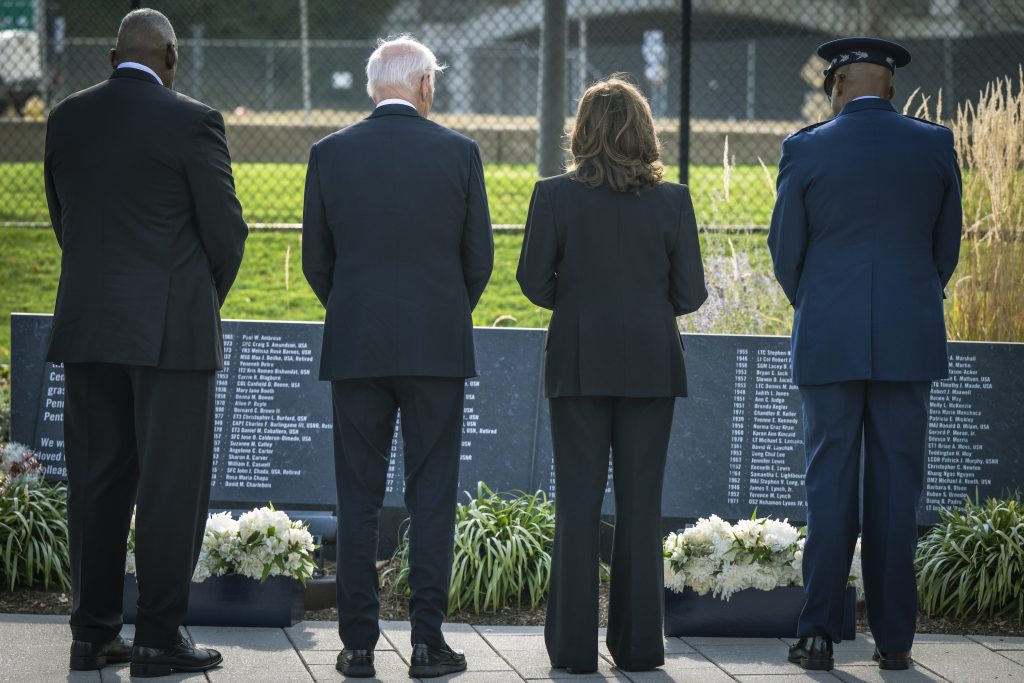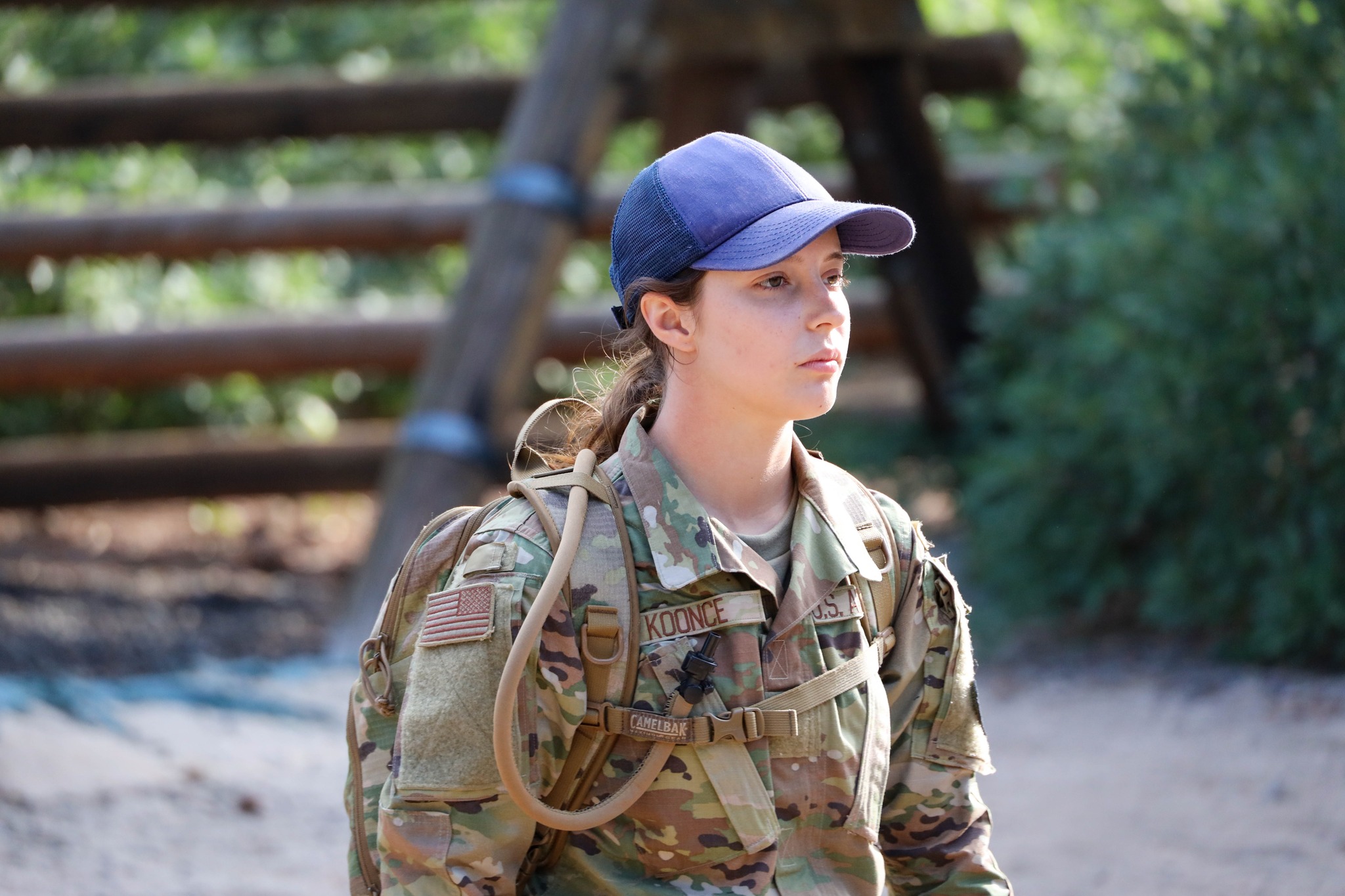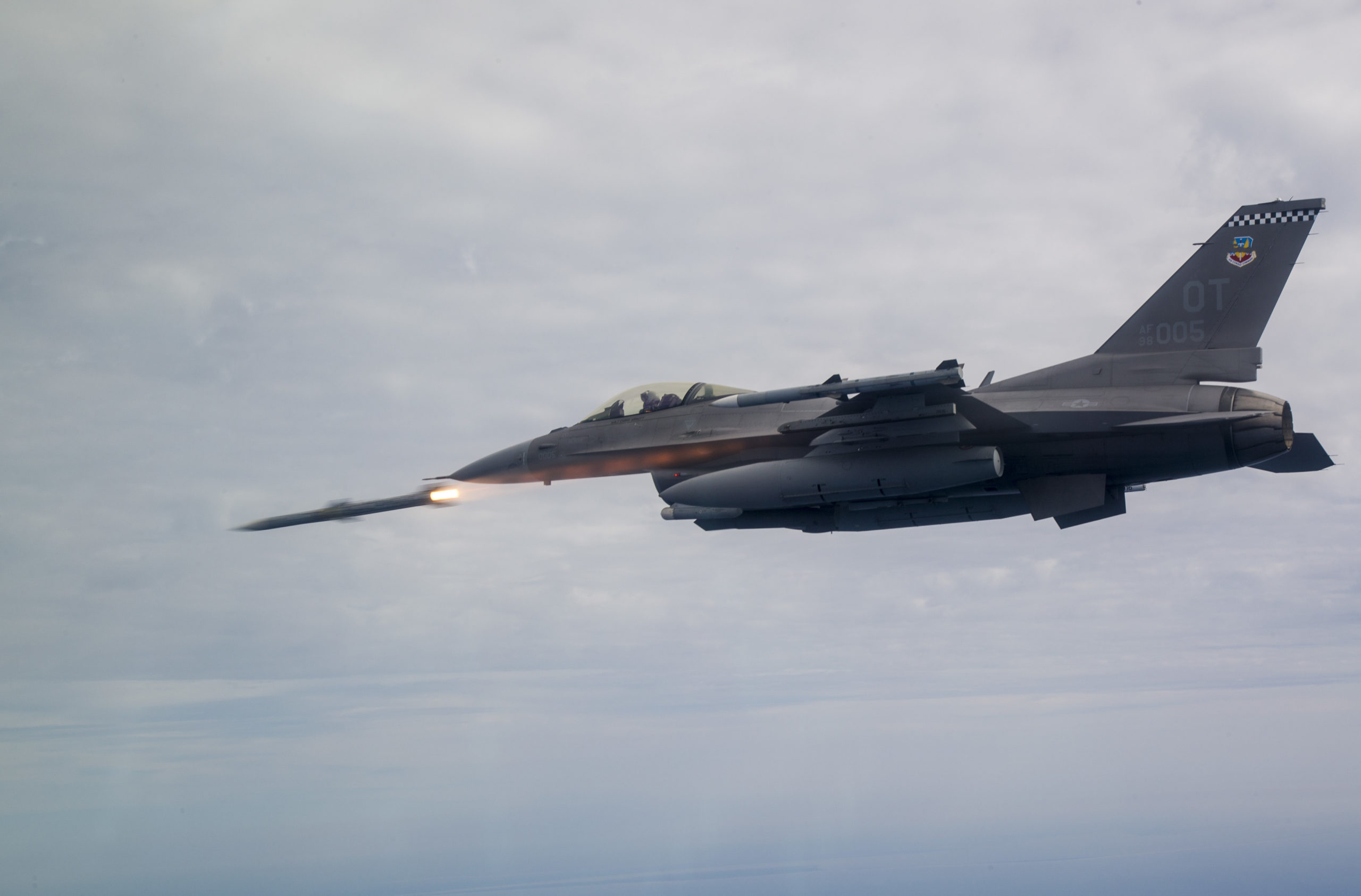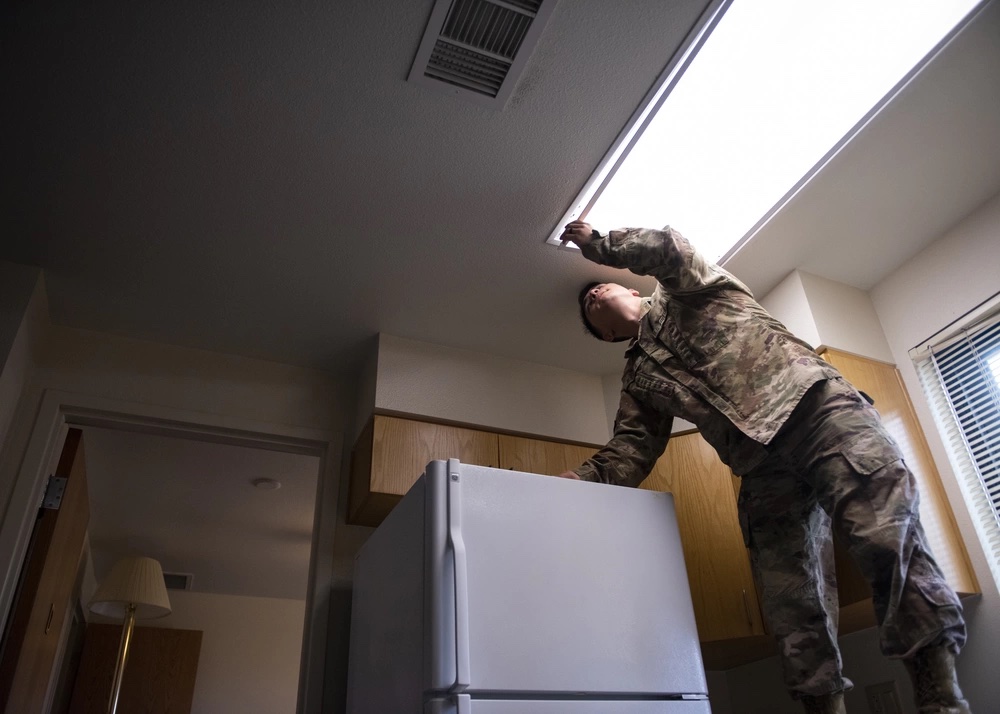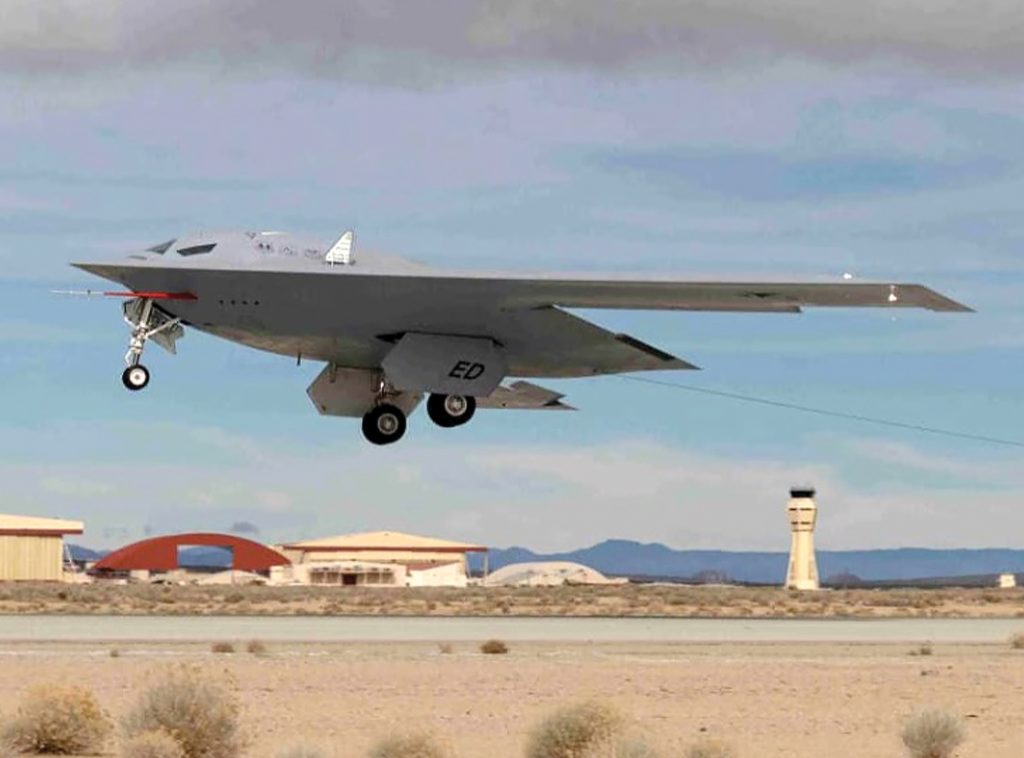A bipartisan trio of senators urged the likely next National Guard boss on Sept. 12 to hold off on proposed staff cuts to Air National Guard bases in their states, arguing their missions should shield them from top-down attempts to downsize.
The Air Guard’s proposal to rebalance the number of full-time workers and dual-status technicians at installations across the country would hurt the military’s ability to protect the homeland and meet combat requirements around the globe, Sens. Jeanne Shaheen (D-N.H.), Gary Peters (D-Mich.), and Dan Sullivan (R-Alaska) argued at a Senate Armed Services Committee hearing on Capitol Hill. The lawmakers criticized the plan as short-sighted and lacking input from other branches of the military as well as U.S. commanders on each continent.
Their complaints secured promises from Air Force Lt. Gen. Steven S. Nordhaus, the nominee to lead the National Guard Bureau, to slow-roll the changes as needed and to consider other options for managing the workforce.
“Communication, transparency, I think, is the hallmark to make sure that we get out to all the stakeholders and understand points of view from each side,” Nordhaus said. “Then we need to communicate that up and back, and make sure that we understand any of the implications.”
The Associated Press reported in April the changes are part of an overarching plan to balance top-earning positions among the National Guard’s 54 state and territorial units by Oct. 1. A spokesperson at National Guard headquarters did not immediately answer Sept. 12 how many jobs are jeopardized in total or why those cuts are under consideration.
In New Hampshire, Pease Air National Guard Base would lose 12 full-time positions, while another 22 jobs would be downgraded from full-time Active Guard Reserve roles to dual-status technician jobs, “resulting in the loss of experienced maintainers and aviators,” Shaheen said. Technician roles pay less and require different duties than AGR jobs, which essentially function as Active-Duty military positions.
“I believe this was a short-sighted decision, that it was done with consideration to neither the capacity of the 157th [Air Refueling Wing] in New Hampshire, nor the need of the KC-46 to meet its global refueling requirements,” Shaheen said.
She added that the National Guard expects its ability to support U.S. Transportation Command, which manages the daily flow of troops and equipment around the world, will fall by 23 percent as aerial refueling capacity sits among the command’s top concerns.
Shaheen said she discussed the proposed changes with Pease Airmen this weekend ahead of their deployment to southwest Asia. Their departure marks the Air Force’s first operational deployment of the new KC-46A Pegasus tanker jet in service of combat overseas since the initial aircraft was delivered in 2019.
“They are excited about this milestone, but they are unfortunately very worried about what the re-leveling would mean for their ability to do their jobs,” Shaheen said.
Nordhaus said states can request a one-year exemption from the cuts as the Guard considers its next steps. Pease has secured such an exemption, he added.
“I do promise to make sure we take a full, transparent look at this and to make sure that we’re meeting mission requirements with full-time requirements,” he said.
At Selfridge Air National Guard Base in Michigan, the Guard looks to trim up to 117 full-time civilian employees, including 15 contracting personnel, Peters said. Selfridge is home to A-10 Thunderbolt II attack planes, KC-135 Stratotanker refueling jets, and aircraft from multiple other military and federal civilian organizations.
“It is like an Active-Duty base,” Peters said. “It’s not an Air National Guard facility that shares a civilian airfield.”
He asked Nordhaus to seek an independently run manpower study that compares Selfridge’s needs to Active-Duty installations before going through with the staff cuts. The three-star acknowledged he would consider that option.
And in Alaska, the National Guard has delayed its plan to downgrade the jobs of about 80 employees to dual-status tech roles, a move local military leaders said would hurt the Alaska Guard’s ability to detect ballistic missile launches toward the U.S. homeland as well as its capacity to conduct search-and-rescue missions in Alaska’s most rugged and remote regions.
Sullivan said the plan has pushed some of Alaska’s long-serving troops to exit the military.
“My own view is that there [were] a lot of mistakes that happened,” Sullivan said. “The biggest mistake was the Guard, at the highest levels, didn’t check in with the joint force on, ‘Hmm, is this initiative we’re undertaking going to impact the readiness of the joint force?’”
In written responses submitted to the panel ahead of his confirmation hearing, Nordhaus said he does not anticipate major changes to the National Guard’s end strength of more than 325,000 troops.
“However, as the strategic and operational landscape evolves, the National Guard requirements must align to meet the needs of our states and nation,” he wrote. “As the primary combat reserve of the Army and Air Force, I would use the [authorities] available to ensure the National Guard remains commensurate with its Active components.”
Nordhaus’s confirmation hearing comes as the National Guard Bureau has struggled to secure a full slate of Senate-approved leaders in the wake of multiple retirements. The bureau’s top job has sat empty since Gen. Daniel R. Hokanson retired in August; other current vacancies include the National Guard vice chief and the Air National Guard’s top officer. Army National Guard boss Lt. Gen. Jonathan M. Stubbs is currently serving as the bureau’s acting chief.
Nordhaus currently runs the Air Force branch that oversees operations in North America, including missions to secure American airspace with NORAD. He is a decorated fighter pilot who also served as the Guard Bureau’s ops director and commanded multiple fighter wings.
If confirmed, the pending four-star would inherit a National Guard stretched thin by missions that range from supporting federal agents along the U.S.-Mexico border to driving school buses to cyber defense—plus frequently serving as first responders when military crises erupt around the world. Using Guardsmen to fill in the gaps left by local worker shortages is jeopardizing the Guard’s combat readiness, said Sen. Roger Wicker, the top Republican on the Senate Armed Services Committee.
Nordhaus told lawmakers he expects his most pressing challenges will include recruiting and retention, combat readiness, and modernizing the force.
Despite the often unrelenting pace of activations and deployments, Nordhaus said the Guard’s current data indicate that tempo is not significantly hurting recruiting and retention. Both the Army and Air Guards expect to miss their fiscal 2025 recruiting goals by “about 700 to 800” troops, he said.
“I will direct an operational training team standup to review these challenges and provide recommendations within the first 90 days of being confirmed,” he told the committee.
In written comments, Nordhaus also declined to answer whether he supports the Air Force’s proposal to move space-focused Air Guard units into the Space Force. The idea has sparked a bitter feud between military leaders in Washington, state Guard officials, and lawmakers who disagree over whether doing so would hurt military readiness and force Guardsmen into Active-Duty roles.
“Space superiority is critical to our Joint Force and our allies and partners,” Nordhaus told the committee in written answers. “For the last 27 years, the National Guard has performed critical space missions including missile warning, space domain awareness, and surveillance and reconnaissance. Until a decision is made, and if confirmed, I will continue to support the mission to ensure our forces are ready.”
Nordhaus added that he will continue to seek solutions to provide free health care to the tens of thousands of Guardsmen who the Bureau believes go uninsured while not on military orders. The cost of doing so has proved prohibitive: Hokanson said in 2022 that providing no-fee TRICARE to non-activated troops could cost more than $700 million each year.
Guard officials argue that protecting the health of all Guardsmen will lead to a stronger, more reliable force once they’re called to duty.
